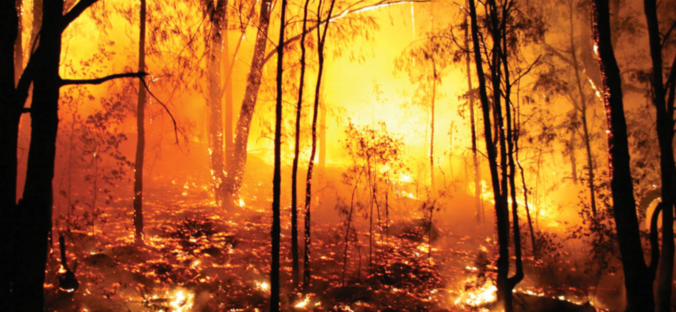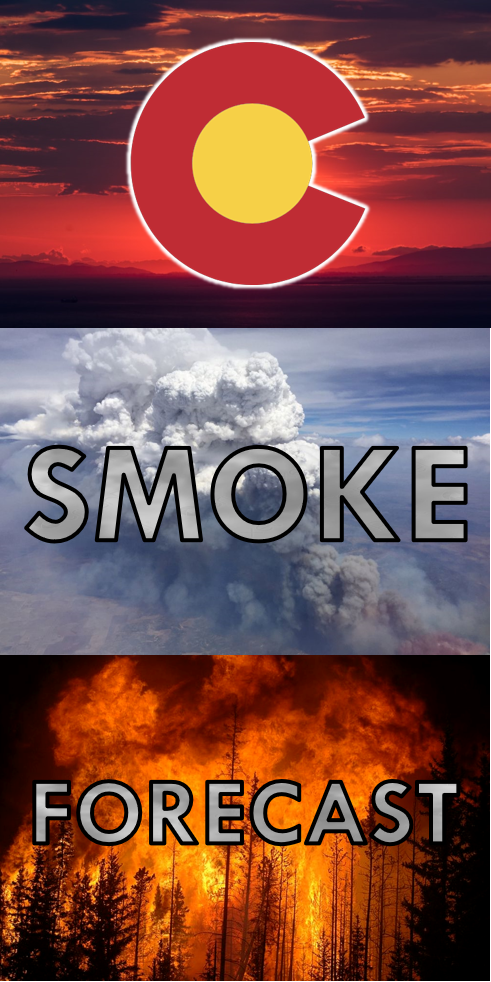Labor Day 2019 was Denver’s first 100-degree day ever to occur in September. It was also the latest 100-degree day observed, remarkably by more than two full weeks. The previous record high for September 2nd was 95 degrees. On Monday, this temperature was eclipsed before the lunch hour, with the prior record eventually being obliterated by 5 degrees later in the afternoon. The city of Boulder officially hit the century mark on Monday, too. The extreme heat had impressive historical significance here as well, with one small asterisk. Unlike Denver, Boulder actually only tied all of the existing records, as 100 degrees had already been observed on the very same day back in 1983. We investigate the validity of the triple digit observation this week and the one more than three decades ago.
Did Boulder hit 100 degrees on September 2, 2019?
Officially Boulder did report a high temperature of 100 degrees on Monday, but we were unable to find a single other reliable weather station to corroborate it. For example, both BoulderCAST Station and CU’s Skywatch Observatory notched a high of just 97 degrees, while NCAR Foothills somehow topped out at a measly 93 degrees. Boulder Airport was a tad warmer, briefly touching 99 degrees, but still this is below the official observation for the city.
Small-scale spatial variability in temperature of a few degrees is common and expected, especially in pseudo-urban areas such as Boulder where land-use and coverage varies greatly from block to block. The official Boulder observation is taken at the NIST building along South Broadway. Arguably, this is not the most representative location for the city, but as is so often the case, bureaucracy comes well before meteorology when deciding where to place the official climate station. Surely you consider this every time you drive out to DIA (Denver’s official observation site)…I definitely do!
In any case, the year is 2019 and Boulder now has one of the highest counts of meteorologists and atmospheric scientists per capita in the country, including those individuals responsible for maintaining the instrumentation and taking the measurements at NIST. We must honor the triple digit heat reported on Monday and accept that a new climatic milestone has been reached. With a warming climate, these milestones are becoming more common. Let’s not forget we just had our first 80-degree readings in the months of November and February a couple years ago.
Did Boulder hit 100 degrees on September 2, 1983?
36 years ago, the NIST building was not taking observations of Boulder’s weather. Official climate observations were instead taken and managed by the Boulder Fire Department at their hub in north Boulder along 13th Street. Why the fire house you ask? We just don’t know…
We didn’t mention it earlier, but the 95 degree daily record which Denver shattered on Monday was also set in 1983…the very same day Boulder reported 100 degrees. If you know a little about local temperature variability across the Metro area, you know that Boulder usually ends up a few degrees cooler than Denver in the summer months. Two important (but not exclusive) contributing factors for this are:
- CLOUDS: Summertime cumulus clouds and storms routinely build over Boulder earlier in the day than Denver as they almost always initiate over the higher terrain first and move eastward. This allows Denver to capitalize on more solar heating during the late morning and early afternoon.
- ELEVATION: Boulder is slightly higher in elevation than Denver, which has a cooling effect in the daytime.

GOES-East visible satellite animation from September 2, 2019. Some clouds formed over the region, but overall it was mostly sunny.
Of course, this is not a rule; Boulder isn’t ALWAYS cooler than Denver in the summertime. In fact, according to the data from that summer, the climate station for Denver back in 1983, Stapleton Airport, had reported a colder temperature than Boulder 89% of the time. This rate has dropped closer to 50% in the summer of 2019.
In any case, let’s attempt to assign some validity to the observation from more than three decades ago. Taking a look at the large-scale weather pattern from 1983 (below on left), we see a lot of similarity with this year (below on right). A high pressure system of roughly the same magnitude was positioned across southern Colorado. This makes sense; this is the type of pattern our area would need to set records.
This year’s historic heat was caused by the isolation of very dry air within the center of the high for nearly a week over the Four Corners region. The absence of moisture and clouds allowed the sun the dump the maximum amount of energy into the airmass each and every day. The isolated nature of the pattern made sure the heat continued to accumulate over time.

GFS forecast 700mb temperature animation showing the isolated airmass gaining heat in the days leading up to the record event.
On the contrary, the high pressure back in 1983 was short-lived but had very deep southwest flow on the western flank due to an approaching strong trough in the Pacific Northwest. This pattern supported brief but intense warm air advection that shattered many record highs across the Inter-Mountain West and Great Plains. 100-degree temperatures weren’t just observed in Boulder, but also much of Montana, eastern Wyoming, and South Dakota during this time.
The 100-degree temperature reported back in 1983 at the Boulder Fire Station was five degrees higher than that reported at Stapleton Airport in Denver, but as we have seen, this was nothing out of the normal. Back then, Boulder was almost always warmer (at least on paper). It appears there could have been a larger, more systematic bias plaguing the observations taken at the Boulder Fire Station. This is backed up by August 1983 coming in as Boulder’s second hottest since 1893 and September 1983 the 9th hottest, while Denver had warmer than average months, but nothing close to top ten heat.
We may never know the extent of this potential warm bias in Boulder’s climate record, but that particular fire house served as the point of observation from 1959 to 1989. If you or someone you know may have worked at the Boulder Fire Station during this timeframe and could possibly have knowledge of what the instrumentation was like or how it was positioned, please have them reach out to our team.
Spread Colorado weather knowledge, share this post:
.
















You must be logged in to post a comment.